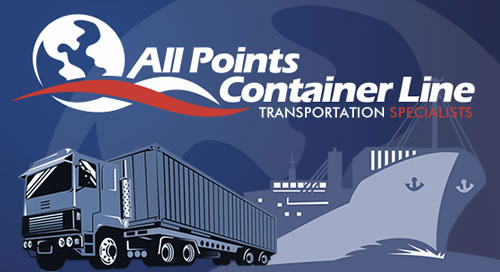When a bottleneck at sea occurs in global supply chains, it delays a whole range of goods, from food and beverages to consumer electronics. These supply chain disruptions are frustrating for consumers waiting on goods and the logistics companies in charge of shipping the goods. Bottlenecks at sea even contribute to higher inflation. But even more disturbing is that these disruptions at sea are having a disastrous effect on the marine environment. So, what is causing these bottlenecks at sea, and why do they occur?
Bottlenecks at Sea Contribute to Pollution
Ports are remedying stockpiles while grappling with reduced workforces due to the pandemic. This will continue to be frustrating to consumers, trade partners, and ports. Meanwhile, the more troubling issue is the effect of port congestion on ocean and atmosphere ecosystems. According to NTU, LA ports’ emissions doubled during the coronavirus pandemic’s early stages. Additionally, Long Beach saw an increase in emissions by two-thirds. Singapore saw even worse increases of a whopping 123%.
The Culprit? Hoteling
The drastic rise in emissions is primarily due to the growth of hoteling. A by-product of labor disruptions, poor infrastructure, and equipment capacity – hoteling is when ships are held at anchorage or berth and continue to consume fuel while waiting for their cargo to be unloaded. They have no option to turn off the engines, so the container vessels continue to burn diesel. Unfortunately, this diesel burning is necessary to ensure the safety of both the vehicle and its crew. A running engine also maintains the temperature and conditions of perishable cargo.
Careful Planning to Avoid Bottlenecks at Sea
The only way to combat these bottlenecks at sea is careful, data-driven planning. Shipments can be routed to avoid sea congestion, but they still do occur– to the degradation of both marine and coastal environments. Hopefully, a more permanent and effective solution will be discovered soon.

